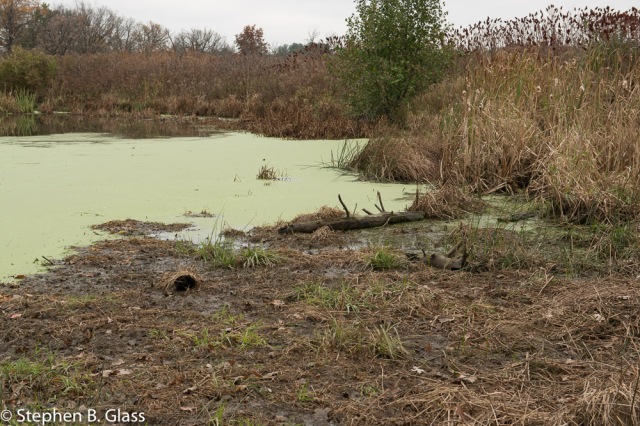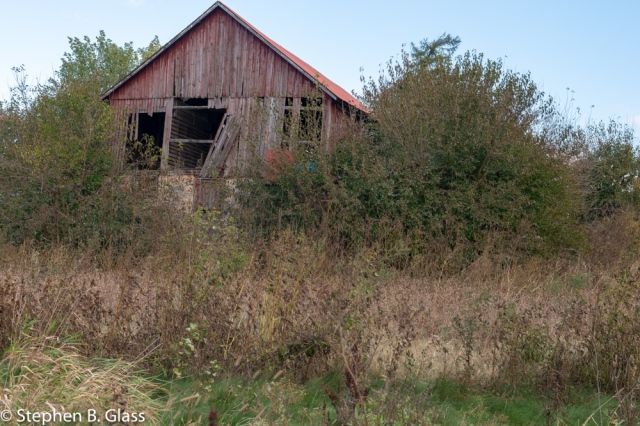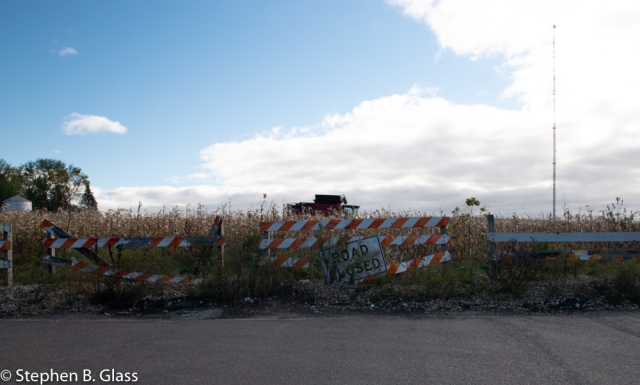
Reading The Landscape
by Steve Glass
The advancing urban glacier is shaping our terrain.
Pausing in the prairie of Shoveler’s Sink,
at this spot on the Green Bay Lobe,
I hear the clamor of its westward surges,
driven by worldly anxiety, confusion, and urges.
The modern-day Ice Age has produced a mess,
It is not a glacier of snow, ice, and glacial till,
rather, an advancing sheet of urban fill.
Atop the Driftless Edge,
in the shadow of Blue Mounds’ ancient landscape
its approach can be seen and sensed.
Here at the eco-tone of past, present, and future,
change and disruption have arrived.
Our rising emissions
signal society’s omissions.
The present has become a foreign country.
The relentless and inexorable march of
roads, houses, and malls,
The urban fill of commercial and industrial drumlins.
The moraines of brick, glass and steel.
Instead of kettles holes, we have storm water ponds,
brimming with toxic slurry from urban sheet flow,
spilling off the outwash plain of parking lots.

Along the Johnstown Moraine, at Timber Lane.
what the glacier of urban encroachment has wrought, one can see now:
It wore down the remnant landscape,
first laid waste by the plow and cow,
scoured the aboriginal soils of their ancient life,
and sealed their fate with asphalt, and oil.

At the leading edge of this relentless human expansion,
episodic and inexorable in force,
lie frayed communities—civic and biotic—
stressed and torn,
connective tissues ripped.
It advances unevenly,
spreading inequality.
Abandoned barns and farmhouses in the shadow of apartment complexes,
slowly decay.
Sadly, they await their turn under the glacier of urban sprawl.
It will soon arrive,
of this civic officials are in thrawl.
Strip malls, mega churches, and hobby farms on a 5-acre lot,
fill every seemingly “empty” spot.
Injury to this former native landscape emphasized with insult
and irony.
by hi-tech startups on Silicon Prairie Drive.

Sprawling trophy houses–unlike glacial erratics of old–
Squat malignantly on ridge tops.
Erasing—in a spasm of obliviousness—the bluestems and shooting stars.
Evicting—in a cloud of indifference—the former tenants: the Bobolink, the meadowlark,
and the meadow hawk (dragonfly, as you know).
The glacier of blindness
lubricated with ignorance
replacing, for the sake of the City,
Bio-diversity with simplicity.
Not only the -diversity part
But also the –bio part: life in sheer quantity and complexity.

The glacier of urban encroachment and transformation
wiping out every last old field, prairie patch, and vernal pool,
perforating the landscape, fragmenting it, and isolating us.
Gone are Emily’s clovers and bees.
Leaving behind,
suburban ghost forests of childless trees.


Wow Steve, the words and the photos together really make your points vivid. Perfectly matched.
Thanks for the nice compliment Sandy,
The photos came first and inspired the writing.
I really enjoyed this.
-Bonnie McMullin-Lawton
Hi Bonnie, Thanks. I had a good time photographing, researching, and writing this piece.
Well done. Sums things up nicely. Matthew Miller Sandpiper
Hi Matthew,
Thank you for your kind comments
Such a true and sad rendition, but there is still beauty to behold that we need to protect….efforts are being made and I think we are waking up to needless destruction. Hope springs eternal…